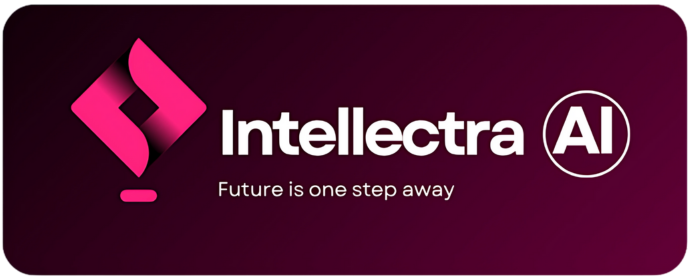Have you ever wondered how your phone’s virtual assistant understands your request, or how a chatbot can answer a customer service question? The magic behind these interactions is called Natural Language Processing (NLP). It’s the field of Artificial Intelligence that teaches machines to read, understand, and interpret human language. In essence, it’s how we bridge the gap between human communication and machine logic.
At its core, NLP is a two-way process. First, it helps a computer comprehend what we say or write. Second, it allows the computer to respond in a way that sounds natural to us. Think of it like teaching a child to read, understand context, and then form coherent sentences of their own.
How NLP Works: The Building Blocks of Language
NLP isn’t a single technology but a series of steps that work together to make sense of language. Here are a few key components:
- Tokenization: This is the first step, where a long sentence or paragraph is broken down into smaller, individual units, or “tokens.” These tokens can be words, phrases, or even punctuation marks.
- Syntax and Semantics: The system then analyzes the sentence’s structure (syntax) to understand the grammar and the relationship between words. It then looks at the meaning (semantics) of the words and phrases in context to grasp the full intent of the message.
- Sentiment Analysis: This process determines the emotional tone behind a piece of text. For example, a system can tell if a customer’s review is positive, negative, or neutral. This is an invaluable tool for businesses looking to understand their audience.
- Named Entity Recognition (NER): This technique identifies and classifies key entities in a text, such as names of people, organizations, locations, and dates. This helps machines quickly extract essential information from large documents.
Practical Applications That Power Our World
NLP is no longer just a theoretical concept; it’s integrated into many of the technologies we use every day.
- Chatbots and Virtual Assistants: These systems use NLP to understand user queries and provide instant, accurate responses.
- Customer Service Automation: Businesses use NLP to automatically sort and prioritize customer emails, support tickets, and social media mentions based on their content and urgency.
- Machine Translation: NLP is the engine behind services that translate text and speech between languages, breaking down communication barriers.
- Market Intelligence: Companies analyze vast amounts of text from news articles, social media, and forums to gain insights into market trends and public opinion.
By mastering NLP, we’re not just building smarter machines; we’re building more intuitive and powerful tools that enhance how we work and communicate. At Intellectra AI, we leverage these capabilities to create solutions that give businesses a real competitive edge, allowing them to connect with their customers on a deeper level.




